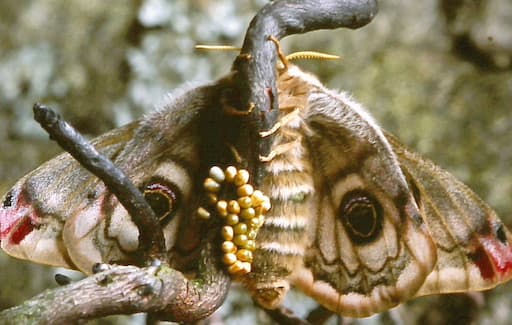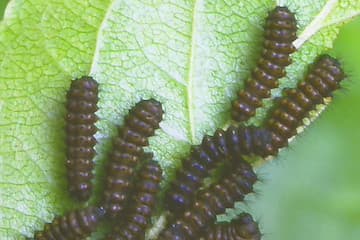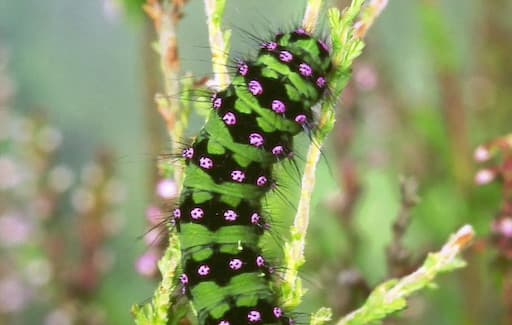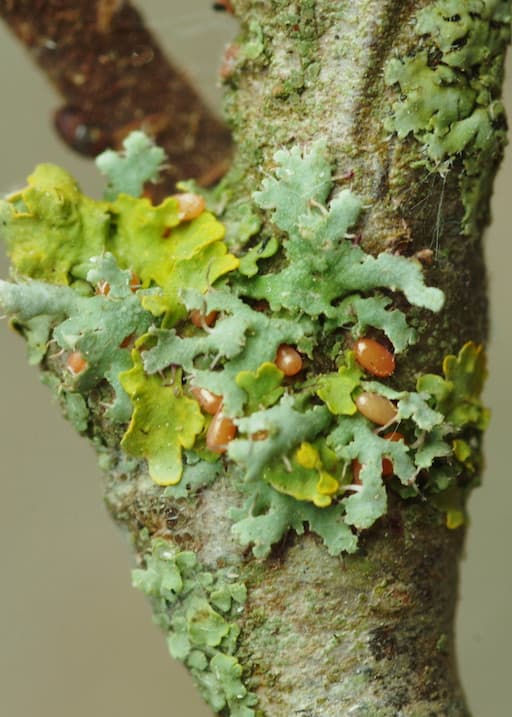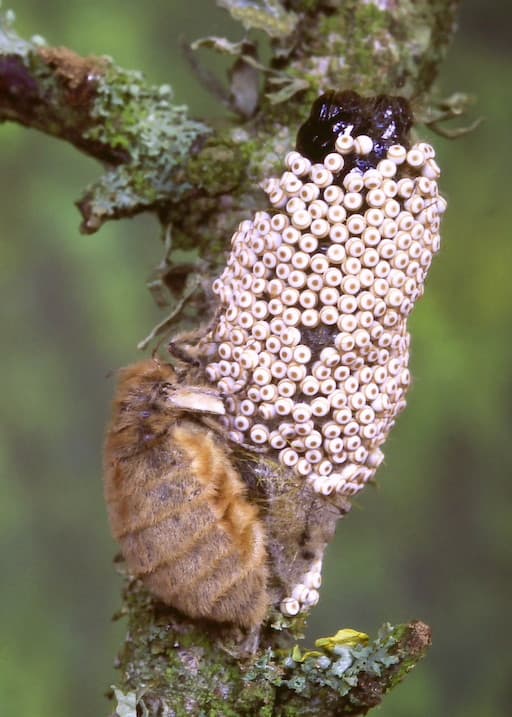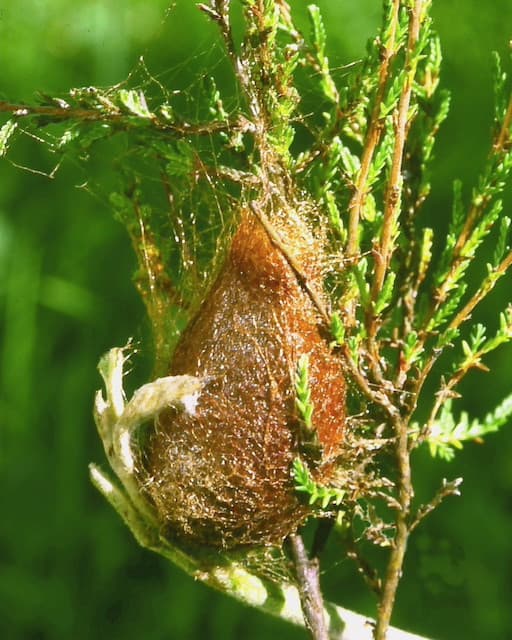Moths - Life Cycle
At first glance, moths seem like straightforward little creatures, but moths don't actually start out as moths! They have 4 stages in their life cycles, where they completely transform! This is called metamorphosis.
Egg
The female moth looks for a good place to lay her eggs. That’s going to be somewhere with loads of greenery, because once the larvae - Jock prefers to call them caterpillars - hatch they are really hungry!
Over 2 weeks, depending on her species she could lay anything from 200-1500 eggs. She will die soon after laying her eggs.
Larva (singular) Larvae (plural) - Jock Calls Them Caterpillars
Inside the egg, the embryo can develop into a larva, (which we all know as a caterpillar) in as little as 2 weeks, and in some cases the egg remains dormant over winter.
When it hatches, the larva is said to be in its first instar. What this means is that as it grows the hungry caterpillar gets too big for its skin, and needs to moult into a bigger one! The skin splits along its back and the caterpillar crawls out in its new and bigger skin. Once it sheds its second skin, it is said to be in its second instar, and so on. Different kinds of moth larvae will have different numbers of instars as they grow, but most often they change their skin around 5 times. The colours can be quite different, to camouflage it on whatever food plant it eats at that stage.
The job of a caterpillar is to eat! Ask any gardener and they will tell you just how much caterpillars can eat! In fact, they can eat an amazing 2700 times their own body weight, as they get ready for the next stage of their life cycle, the pupa.
Pupa
This is where the caterpillar transforms itself into a fully grown adult moth. How amazing is that! The fancy word for this is metamorphosis.
When a moth caterpillar is fully grown, it sheds its skin for a final time, and now looks completely different. It has changed into a pupa. The pupa has a very tough skin which gives protection while the caterpillar goes through its metamorphosis. Butterflies also go through this process, but their protective skin is called a chrysalis. Some moth caterpillars spin a cocoon, which looks like a sort of sleeping bag, out of a type of silk, and then they change into a pupa inside the cocoon. The cocoon’s job is to protect the vulnerable larva while it pupates and then metamorphoses into an adult moth.
Inside, the larva is really busy, in fact this is the most intensive stage of the life cycle. All the energy from the food the hungry caterpillar has munched is now put to use, as inside the pupa the larva breaks itself down into a sort of soup, out of which develop all the structures it will need to become an adult moth. This whole process can take 5-21 days, depending on the type of moth.
This may sound quite complicated but you will be amazed as you watch this fantastic video showing how a Puss Moth caterpillar completes this whole process;
This is part of the Moths and Caterpillars information.
